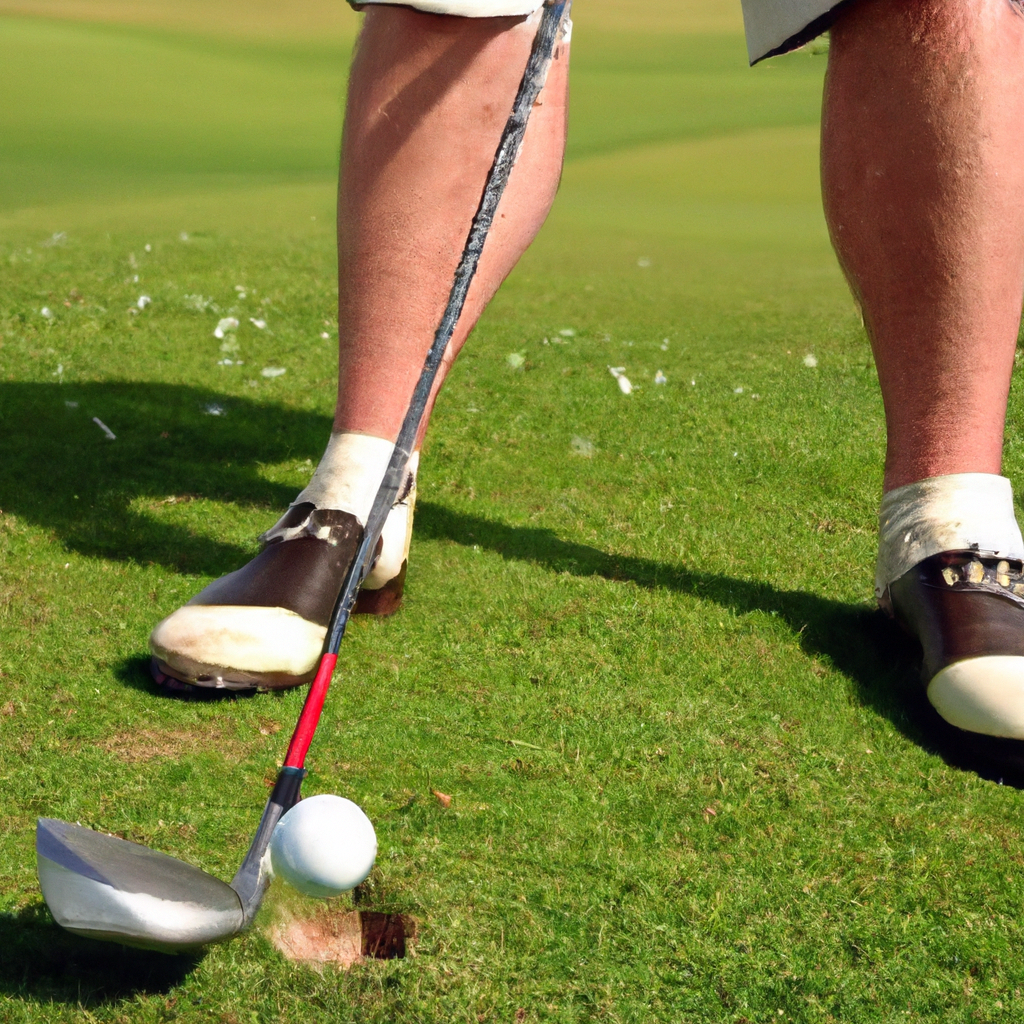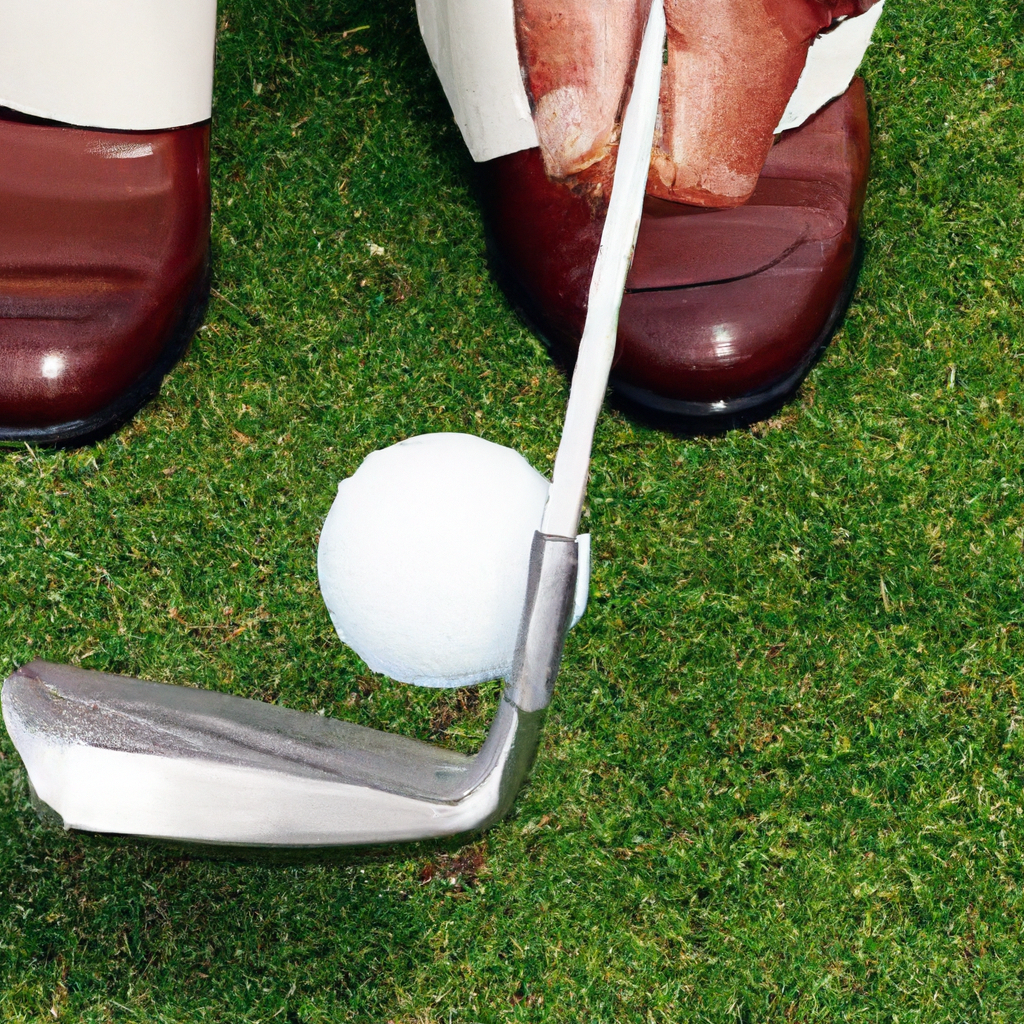So you want to improve your golf swing? Well, understanding casting in golf is a crucial step towards enhancing your game. Casting refers to the premature release of the wrist during the downswing, resulting in a loss of power and accuracy. In this article, we will explore the concept of casting, why it happens, and most importantly, how to overcome it. Whether you’re a beginner or an experienced golfer, mastering this technique will undoubtedly take your swing to new heights. Get ready to unlock the secrets of casting in golf and take your game to the next level!

Understanding Casting in Golf
Casting is a term used in golf to describe an undesirable swing flaw that affects the efficiency and accuracy of your shots. It occurs when the golfer releases the wrist hinge and straightens the wrists too early in the downswing, resulting in a premature release of power and a loss of control over the clubface. Understanding casting and its causes is crucial for any golfer looking to improve their game and achieve more consistent and powerful shots. In this article, we will delve into the definition of casting, its causes, and the potential effects it can have on your game. Additionally, we will provide practical tips and exercises to help you correct and avoid casting altogether.
Definition of Casting
In golf, casting refers to the early release of the wrists during the downswing, causing the clubhead to be thrown outward and away from the body’s natural swing plane. Instead of maintaining the lag angle between the left arm and the clubshaft, casting involves straightening the wrists prematurely, resulting in the clubhead losing speed, power, and control. This unwanted action often leads to inconsistent ball striking and a lack of distance.

Causes of Casting
To effectively address and correct casting in your golf swing, it is essential to understand the underlying causes. Here are three common causes of casting:
1. Lack of Lag
One of the primary causes of casting is the lack of lag in your golf swing. Lag refers to the angle formed between the left arm and the clubshaft at the top of the backswing and maintained until the crucial moment of impact. When this lag is lost due to an early release of the wrists, casting occurs. The key is to preserve this angle and ensure a late release of the wrists for maximum power and accuracy.
2. Poor Wrist Cock
Another factor contributing to casting is a lack of proper wrist cock during the backswing. Insufficient wrist cock prevents you from establishing the necessary angles required to generate power and control. Without this crucial angle, it becomes challenging to maintain lag and prevent the early release of the wrists.
3. Early Release
As the name suggests, an early release refers to the premature release of the wrists during the downswing. This action robs you of the stored power and energy in the swing, resulting in a weaker impact and loss of distance. Early release often stems from a lack of coordination between the upper and lower body, as well as a failure to properly sequence the downswing.
Effects of Casting
Understanding the effects of casting can provide valuable insights into why it is important to rectify this swing flaw. Here are two primary effects of casting:
1. Loss of Power
Casting significantly diminishes the power and distance you can generate with your swing. By prematurely releasing the wrists, you lose the stored potential energy that could have been transferred to the ball upon impact. The result is weaker shots that struggle to reach the desired distance. By eliminating casting and maintaining proper lag, you can harness the full power of your swing and achieve more impressive results.
2. Inconsistent Ball Flight
Casting has a detrimental impact on the quality and consistency of your ball flight. By releasing the wrists too early, the clubface loses control, leading to open or closed clubface positions at impact. This lack of control contributes to inconsistent shots with varying trajectories, spins, and direction. By addressing your casting issue, you can gain better control over the clubface and produce more reliable and repeatable ball flights.
Practice Proper Release
To combat casting in your golf swing, it is crucial to practice a proper release. Here are some tips and exercises to help you develop the correct release technique:
Maintain Lag: Focus on maintaining the lag angle formed between your left arm and the clubshaft during the downswing. Visualize keeping a firm wrist hinge until the hands approach hip level, then release the wrists powerfully at the impact zone.
Strengthen Your Wrists: Perform wrist strengthening exercises to improve your ability to maintain the necessary angles in your swing. Utilize both resistance and flexibility exercises to enhance your wrist cock and build strength.
Pause at the Top: Implement a brief pause at the top of your swing to ensure that you are fully loaded and ready to initiate the downswing correctly. This pause allows you to check your wrist cock and ensure that you are properly aligned for a proper release.
Slow Down Your Swing: Temporarily slowing down your swing speed can help you focus on maintaining the correct wrist hinge and proper lag through impact. Gradually increase your speed as you develop a more consistent and efficient release.
By incorporating these tips and exercises into your practice routine, you can train yourself to avoid casting and develop a more powerful and consistent golf swing.
In conclusion, understanding casting in golf is essential for any golfer seeking to improve their game. Casting, characterized by an early release of the wrists, leads to a loss of power, inconsistent ball flight, and potential frustration on the course. By identifying the causes of casting and adopting corrective measures such as maintaining lag, improving wrist cock, and working on the proper release, you can eliminate this swing flaw and experience significant improvements in your golf performance. Practice diligently, remain patient, and soon you’ll be enjoying more powerful and consistent shots on your way to mastering the game of golf.
